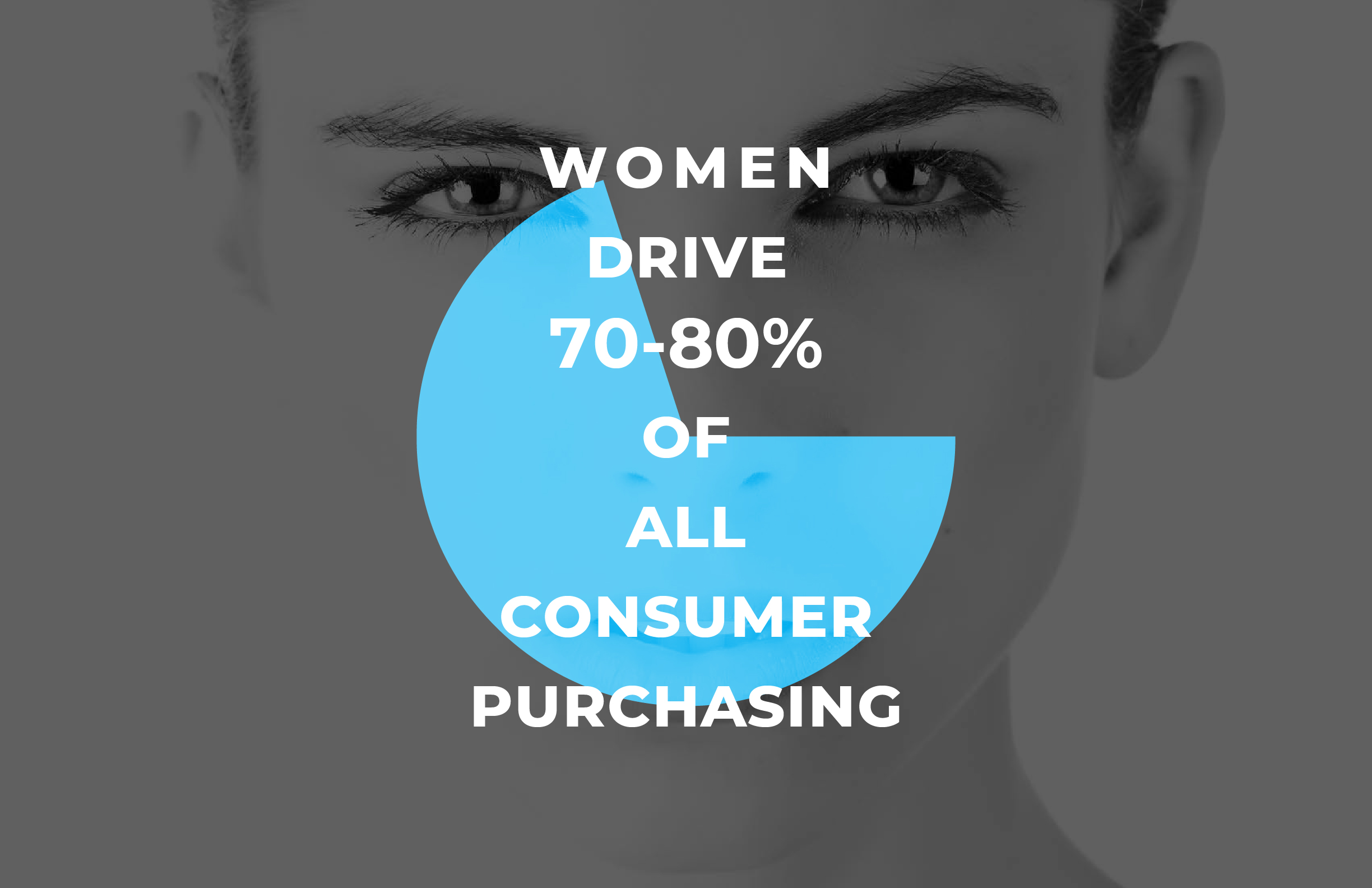![]()
Frito-Lay recently proposed a possible new product: Lady-friendly Dorito chips.
Enraged, women took to Twitter after the CEO for Doritos, Indra Nooyi, suggested a less messy and less crunchy version of Doritos for women that still retains the same taste profile as regular Doritos.
According to the New York Times, Nooyi said, “It’s not a male and female as much as, ‘Are there snacks for women that can be designed and packaged differently?’ And yes, we are looking at it, and we’re getting ready to launch a bunch of them soon. For women, low-crunch, the full taste profile, not have so much of the flavor stick on the fingers, and how can you put it in a purse? Because women love to carry a snack in their purse.”
In response, freshman Photography and Communications major, Karina Jansma, said that she recognizes the prevalence of gender marketing, but companies sometimes take it too far.
“I think the problem comes when women are marketed in a way that objectifies their bodies or makes stereotypical assumptions,” Jansma said. “Making a ‘Lady Doritos’ reinforces the societal stereotype that a woman’s dignity is found in her delicacy. It perpetuates the idea that the best woman is one that fades into the background.”
Weeks after the Doritos announcement, Johnnie Walker introduced a special-edition version of their whiskey on March 1 with ‘Jane Walker’ displayed boldly on the bottle to commemorate Women’s History Month. With each purchase the maker Diageo will donate $1 to organizations championing women’s causes, according to CNBC.
What might have normally sparked support, was met with rejection as women still felt the sting from the Doritos fiasco. Marketers try to adjust their marketing strategy to females customers as societal roles and consumer behavior are continually changing.
Powerhouse young women have worked over the last couple decades to close the gender pay gap and statistics reflect their effort. According to a Pew Research study, in 1980, women ages 25-34 earned 67% of their male counterparts, compared with 90 perfect in 2015.
Those hard earned dollars are going right back into the pool of products in the marketplace. According to Forbes, “Women drive 70-80 percent of all consumer purchasing, through a combination of their buying power and influence.”
Although, a study by the Terri & Sandy Solution revealed that 91 percent of women say that advertisers “don’t understand them.” Marketers are left with a difficult task of predicting what products and features will satisfy their diverse needs.
Assistant Professor of entrepreneurship and market business, Eva Fast, said that the job of marketers is often oversimplified and some see marketing as just “pushing products onto people.”
“The marketplace votes what survives and what dies, and customers are harsh,” Fast said. “Gender has been the most prevalent for the longest because we see those gaps in needs and preferences. Men and women have those distinctions and want a product that is for them.”
Fast mentioned a less overt marketing strategy towards different genders: the launch of ‘Coke Zero’ in 2005. Although the campaign was targeted towards males, there was nothing on the packaging or product that said it was for males.
Coke Zero was an alternative to diet coke because the company Coca-Cola had research that showed males generally don’t want to walk around with a silver can that says ‘diet’ on it. Therefore, Coca-Cola produced a more masculine black can that says ‘Coke Zero’. Only 45 percent of Diet Coke drinkers were men and the percentage raised to 55 percent when Coke Zero was introduced, according to ABC News.
Although gender-marketing continues to help customers in their daily life, some females have decided that they would rather invest their money in men’s products for a better price and quality. A rising fad among women is the Dollar Shave Club. It is a service that sends quality razors and shaving cream for just $1 the first month and around $5 after that, depending on the chosen deal.
Other women have also opted to use men’s products for the same reason: More bang for your buck.
“I have seen women purchasing men’s items for the sake of price or quality. Personally, I shop in the men’s department for my graphic tees because of the more comfortable style, cheaper price, better quality, and wider variety in graphics,” Jansma said.
Dollar Shave Club and similar products are standing for a lot of things that women and men are fed up with in the marketplace, according to Fast. “They [Dollar Shave Club] are looking at culture and the way it’s evolved and marketing to a new era. I think that we are seeing a blurring of lines in gender roles and there will be ripple effects,” Fast said.
On the other hand, Fast said that marketers may see the reverse of that as well when it comes to gender. “We are moving into more categories in a serious





